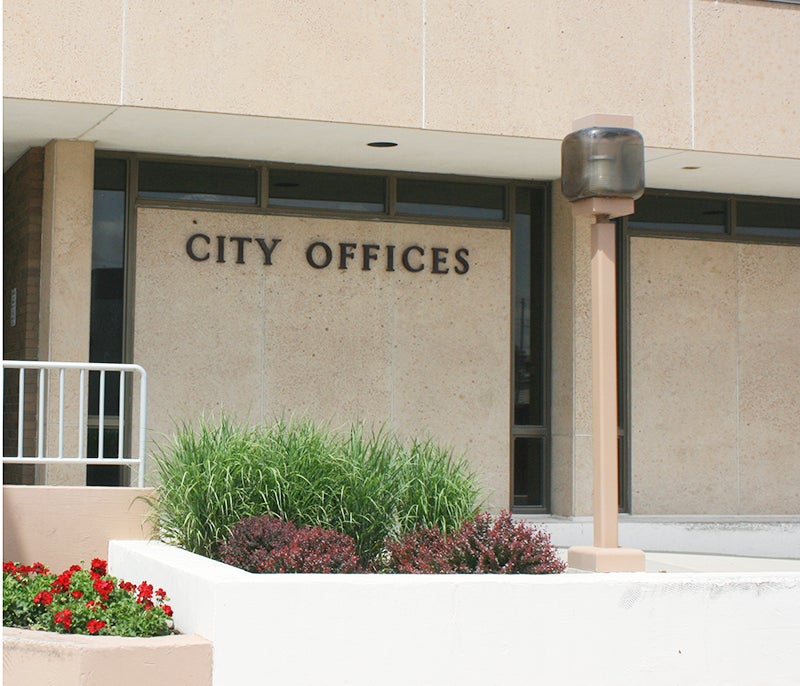Update: Without four-fifths vote, downtown alley project does not pass
Published 6:23 am Tuesday, March 26, 2024
|
Getting your Trinity Audio player ready...
|
Without the needed four-fifths majority vote, the city’s proposed downtown alley reconstruction project did not pass Monday at the Albert Lea City Council meeting.
Though the council voted 4-2 to move forward with the preparation of plans for the project, City Manager Ian Rigg said city staff confirmed Tuesday that a four-fifths vote was needed because assessments were proposed to pay for at least 20% of the cost.
Councilors Larry Baker and Robert Rasmussen were the two votes against, saying they were in favor of pushing the vote back 60 days, as requested by Matt Benda, one of the property owners who spoke during the public hearing.
Mayor Rich Murray and Councilors Rachel Christensen, Jason Howland and Brian Anderson voted in favor, with a few of the councilors saying they were OK with moving forward with preparing plans for the project, knowing they still had the option to back out if they wanted to before approving final bids.
Councilor Sherri Rasmussen was not in attendance because she was not feeling well.
The project would include the complete reconstruction of 840 feet of alleys between Elizabeth and Newton Avenue from Clark Street to College Street.
In addition to complete removal and replacement of the pavement, work would also include repairs to sanitary sewer manholes. The new surface would be concrete and would be dish-shaped to channel water to the center of the alley and out to the street.
Rigg said the existing pavement is in poor condition and past the point where routine maintenance would be effective. The existing pavements were constructed between 1955 and 1965.
He said the top cause of the city tearing buildings down in the historic downtown is because of damage that occurs due to water when the water infiltrates because owners do not spend the money necessary to keep water out.
“This is typically water running back to the building into basements, or water leaking through windows and roofs,” he said.
Because of this, the project was designed to use concrete because it can be shaped and keep its shape longer to run water away from buildings. Because alleys are a direct access for business owners, are not used by the public and are a matter of preservation of their property, the property owners are 100% assessed for the concrete work along their property.
Sixteen properties were proposed to be assessed as part of the project and would have to pay back the assessments over 10 years. Preliminary assessments ranged from about $2,700 to $14,200, with the average assessment at about $8,600.
Estimated total cost was about $275,000, with about $138,000 of that from proposed assessments, about $60,000 from sanitary sewer funds and city costs at about $77,000.
Robert Hoffman, who has his real estate office at the corner of Elizabeth Avenue and William Street and who owns another property on Elizabeth, said while he recognizes there will be improvements that come to his property because of the project, he noted that as an investor, he will see three different assessments for these properties after 2025 because of the alley and then road work slated for next year on the actual streets surrounding the businesses. He did note, however, that his newest building has been getting a lot of water in the basement, largely because of the alley and sidewalks.
Benda, who is co-owner 113 Newton Ave., said while he recognizes the alley is deteriorated, he was concerned with how quickly the project came before the council.
He said he felt as if the project was rushed and said he felt the timing was off.
Benda said in the last year, his taxes on the building went up from about $5,400 to over $8,000. They also already have a new special assessment for the street work done last year on Newton Avenue.
If he adds up these increases and the new assessment for the alleys, he would have to cut his operating expenses by 6.8%.
Third Ward Councilor Jason Howland asked why there was the perception from the property owners that they had been blindsided by the project. He asked if there had been neighborhood meetings for the project.
City Engineer Steven Jahnke said there was a neighborhood meeting for the project March 7, but no business owners attended.
Rigg recognized there had been issues with publishing the initial notice for the public hearing within the required time frame in the newspaper, but that was why the project got moved back from the last meeting. He noted property owners were sent letters Feb. 26, and the project had been part of the city’s capital improvement plan.
In other action, the council:
• Approved the purchase of tax-forfeited properties at 821 Jefferson Ave., 917 S. Broadway Ave. and 122 S. Ermina Ave. for $1 each.
Rigg said the city already put in about $20,000 in court-ordered repairs to the Jefferson Avenue house but noted that minimal other repairs were needed before attempting to return that property back to the private market. The properties on South Broadway and Ermina Avenue will likely be demolished.
The city manager said given the uncertainty counties in Minnesota face as a result of a recent Supreme Court ruling regarding tax-forfeited properties, the county has asked the city to sign an agreement that indemnifies them from any financial liability.
The city attorney has reviewed this and, in the past, has stated there is little concern for the city given its current process of how it handles the purchase, improvement and resale of property, city background information stated.
• Approved Broadway Ridge Renewal Grant funds for about $2,200 for the Albert Lea Art Center for windows.
• Approved election judges for the April 9 special election.






